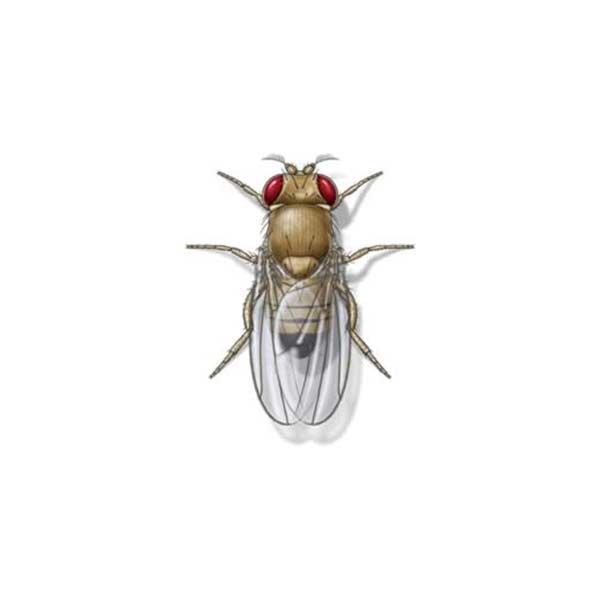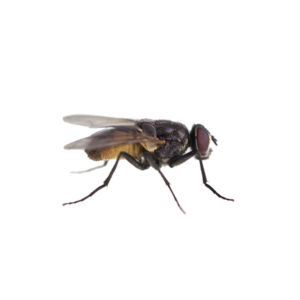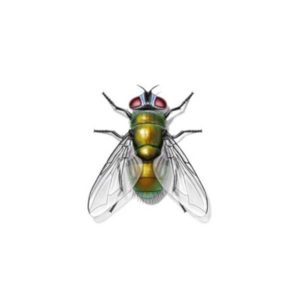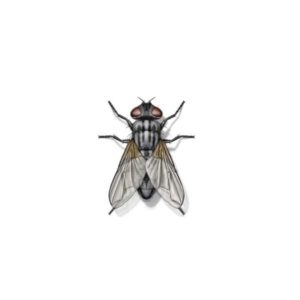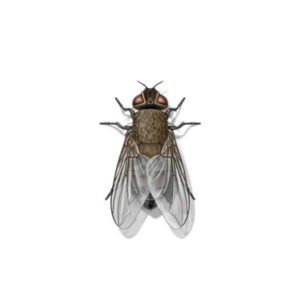Fruit Fly Identification
The most common fly in the gnat family is the fruit fly. These flies are approximately 2.5 millimeters long, though some species can be as much as 5.1 millimeters in length. Their color may range from yellowish to black, and almost all species have red eyes.
Fruit Fly Diet
Fruit flies are a common annoyance wherever food, particularly fruit and vegetables are found. These flies prefer to lay their eggs on ripe to rotting produce, contaminating food. While they may be a menace in the agricultural industry, they are also a pest in the home. Large swarms of fruit flies can appear quickly due to their high reproductive rate. A single female can lay up to 500 eggs at a time, and if the temperature is right the adult stage may be reached in as few as 8 days.
Fruit Fly Prevention
Prevention of fruit flies begins with ensuring that they have a difficult time entering a dwelling. Cracks in windows and foundations should be sealed, and screens over doors and windows should be checked. The next, and perhaps most important step, is to ensure that they do not have access to food. Garbage should be secured and removed as soon as possible, and food should not be left out longer than necessary. If an infestation is noticed, the item or items that have become a breeding area should be removed and adults should be eliminated.
- Find the source of their food and remove it. Often bananas or other fruit left out in the open can attract fruit flies, particularly if the produce is ripe, or over-ripened.
- Keep your garbage can free of organic matter as much as possible.
- Fruit flies need water, so keep sinks dry and potted plans free of standing water.
Need help with fruit flies?
We'll call you! Leave your information below.

